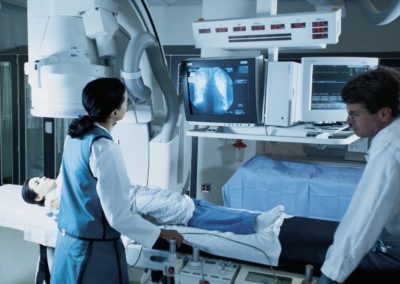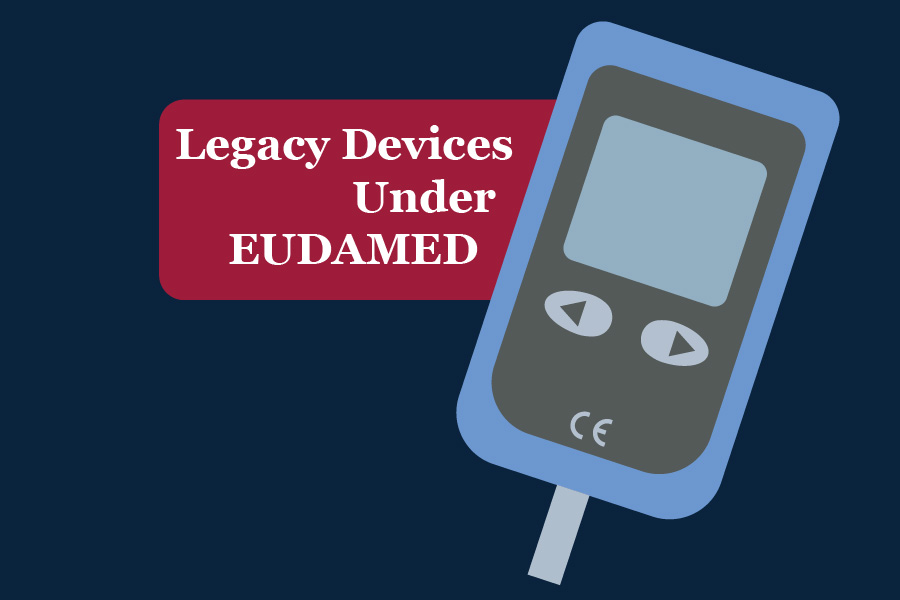EU MDR / IVDR
The transition period between the Medical Device Directive (MDD) and In-Vitro Device Directive (IVDD) and the new EU MDR and EU IVDR changed due to the COVID-19 public health crisis; however, compliance remains a must. The new directives include increased clinical requirements, reclassified devices, and changes to notified bodies.
To implement EU MDR and/or EU IVDR successfully, partner with a global regulatory, compliance, and quality expert. With decades of European regulatory experience, EMMA International will provide the strategic planning necessary to ensure you meet all applicable deadlines.
Top Ten Things To Know About EU MDR
Post-Market Surveillance
A strong, proactive post-market surveillance system will be needed to collect data on clinical performance and address issues. PMS must be proactive, not just reactive. Serious incidents must be reported in 15 days instead of 30.
Reclassification
Up-classified products will need more significant Notified Body review. New classification rules will determine the correct class of software and which devices incorporate nanotechnology.
Technical Documentation
The review of technical files and design dossiers by Notified Bodies may also result in more comments that must be addressed before the reviews are completed.
PSUR and PMCF
A post-market clinical follow-up (PCMF) plan and a Periodic Safety Update Report (PSUR) will be required. The finding of the PCMF should be a main component of the PSUR.
PRRC and Market Access – Legacy Products
All medical device companies will need a Person Responsible for Regulator Compliance (PRRC). There will be no grandfathering in of products and most legacy devices will need updated robust clinical evaluations and data.
Reprocessing SUD
All reprocessors will be held to the same standards and regulations as device.
Supply Chain
The new regulation around medical devices will strengthen the controls around traceability and transparency within the whole supply chain.
Clinical Evaluation
Scientific literature used for equivalence will need to include more clinical trials. Additional clinical evidence will also be required for products already on the market.
Labeling and Transparency, and UDI
There will be significant requirements for labeling, including having a UDI registered with EUDAMED. The UDI will need to be implemented and differences between the FDA and EU classification taken into consideration for products on the market globally.
Mandatory Product Liability Insurance
Medical device manufacturers will need to be able to provide sufficient coverage for their product liability.
Frequently Asked Questions
When should I start preparing for EU MDR?
Immediately! Call us at (248) 987-4497 to have our experts jump in to support today.
Do these changes affect me?
If you market your device in the European Union (EU) pursuant to MDD, keep in mind there is no grandfathering of devices under the MDR. Additionally, your device classification also might have changed and may now require clinical evaluation and revamping of the tech file.
What happens with currently marketed MDD certified devices after May 2020?
Devices placed on the market before May 2020 under the MDD and even after May 2020 can remain on the market until May 2025. But, this timeline depends on when you received your MDD certificate.
Is my product liable to comply with the EU MDR?
The new EU Medical Device Regulation has extended the scope of EU MDR applicability. Some products which were earlier not considered to be a medical device are now under the jurisdiction of the medical device regulations. Newly added products include:
- Contact lenses or other items intended to be introduced into or onto the eye.
- Products intended to be totally or partially introduced into the human body through surgically invasive means for the purpose of modifying the anatomy or fixation of body parts with the exception of tattooing products and piercings.
- Substances, combinations of substances, or items intended to be used for facial or other dermal or mucous membrane filling by subcutaneous, submucous or intradermal injection or other introduction, excluding those for tattooing.
- Equipment intended to be used to reduce, remove or destroy adipose tissue, such as equipment for liposuction, lipolysis or lipoplasty.
- High intensity electromagnetic radiation (e.g. infra-red, visible light and ultra-violet) emitting equipment intended for use on the human body, including coherent and non-coherent sources, monochromatic and broad spectrum, such as lasers and intense pulsed light equipment, for skin resurfacing, tattoo or hair removal or other skin treatment.
- Equipment intended for brain stimulation that apply electrical currents or magnetic or electromagnetic fields that penetrate the cranium to modify neuronal activity in the brain.
What is the very first step I should take now?
First, don’t panic. We know that the EU is a big market for any medical device manufacturer and losing that revenue would have a negative impact on your business. We recommend starting by conducting a gap analysis of your current quality system and documentation. Contact us immediately using the form below. Our team of EU MDR experts will help you strategize your next steps.
Ready to learn more about working with us?

EU MDR and IVDR Resources




